The story of the British racing driver Richard Seaman reads like something straight out of a Joan Collins novel: wealth, fame, the thrill of late 1930s Grand Prix racing, star-crossed lovers, Nazis… and Hitler.
Richard John Beattie Seaman* was born on February 4, 1913, the only son of a wealthy family. Known as “Dick,” he was indulged by his mother, Lilian, after his father died from heart failure. Lilian would later be described as a “ferociously pompous grande dame of absolutely the stiffest corset” as well as a “monumental snob.” Despite his parents’ wishes that he become a diplomat, a lawyer or a member of Parliament, Seaman set his sights on racing cars and headed across the Channel with his supercharged MG K3 Magnette in 1934.

He showed a bit of promise early in his career, winning the junior grand prix of the Swiss Grand Prix at Bremgarten in his first outing there. Bitten by the racing bug, he set up a team that he ran from the garages of his family manse, (a house provided to the clergy), in London. Racing an ERA, he won the 1935 Swiss Grand Prix. He then tried his luck in an eight-cylinder Delage special and won the 1936 Royal Automobile Club International Light Car Race on the Isle of Man. Watching from the sidelines was Alfred Neubauer, head of the Mercedes-Benz racing team.
With his win at the 1936 Grand Prix at Donington, England, Seaman convinced Neubauer that he was just what the Mercedes team needed. While Lilian was probably relieved to no longer be subsidising her son’s racing habit (she had spent £20,000 – more than £2 million today), she was furious at him signing with what she considered a “Nazi” team. Despite her feelings, Seaman would sign with Mercedes for the 1937 season. With the racing budgets of both Mercedes and Auto Union being subsidised by the German government, their Grand Prix cars were light years ahead of the competition; faster, better constructed, and more reliable. Seaman now was in a position to be one of the best drivers on the circuit. His new teammates would be Rudolf Caracciola, Manfred von Brauchitsch, and Hermann Lang. He was in excellent company.
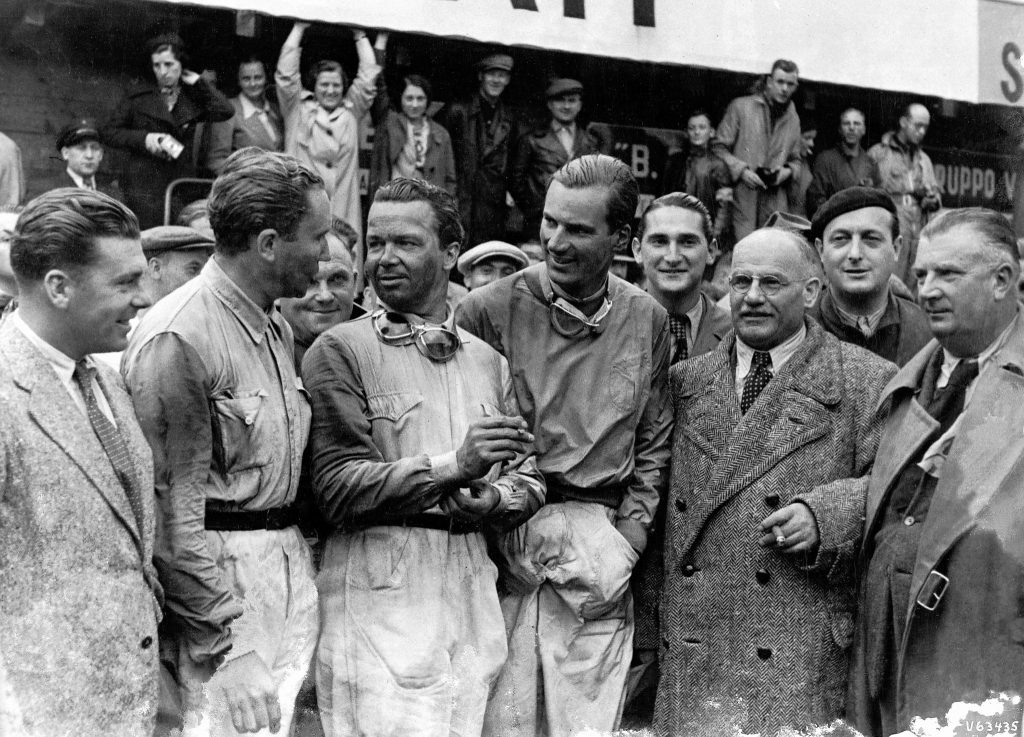
His first race of the season proved an ignominious start and saw him involved in an accident that resulted in the death of Ernst von Delius at the 1937 German Grand Prix held at the Nürburgring on July 25. On the seventh lap, the Auto Union of von Delius spun in front of Seaman and crashed into his Mercedes W125 at 170 mph. Von Delius died later that day, while Seaman was thrown from his car, suffering burns, a broken nose, thumb, wrist, and arm. As a result of his injuries, he was unable to race at the 1937 Monaco Grand Prix and the Coppa Acerbo.
Nonetheless, he managed to take fourth place at the 1937 Italian Grand Prix and also won the non-championship 1937 Czechoslovakian Grand Prix. Neubauer demoted Seaman to be the backup driver at the 1937 Swiss Grand Prix. In America, Seaman finished second to the superlative Bernd Rosemeyer at the 1937 Vanderbilt Cup.
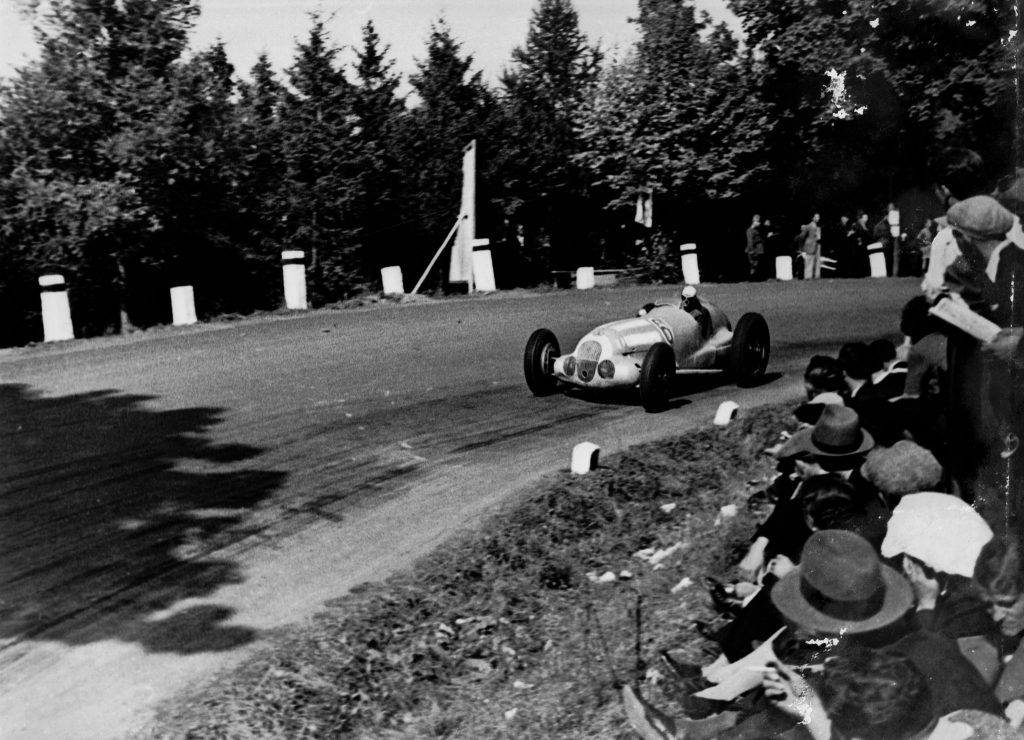
Seaman’s life was turned on its head when he met the gorgeous and fabulously wealthy Erica Popp at a party hosted by BMW for British guests. Popp was the daughter of Franz Josef Popp, the general director of BMW. Eighteen years old to Seaman’s 25, she connected immediately with Seaman. Nine days after the two met, on June 24, 1938, Seaman was back behind the wheel of the new V12–powered Mercedes W154 at the Nürburgring. Driving on the ragged edge of disaster and averaging 83.71 mph for three hours, 51 minutes and 46.1 seconds, Seaman piloted his W154 to victory. Newsreels record Seaman receiving his laurel wreath, the band playing “Deutschland Über Alles,” followed by “God Save the King,” Seaman giving a from-the-elbow Nazi salute. The film closes with a portrait of Seaman flanked on one side by the Führer and on the other by King George VI.
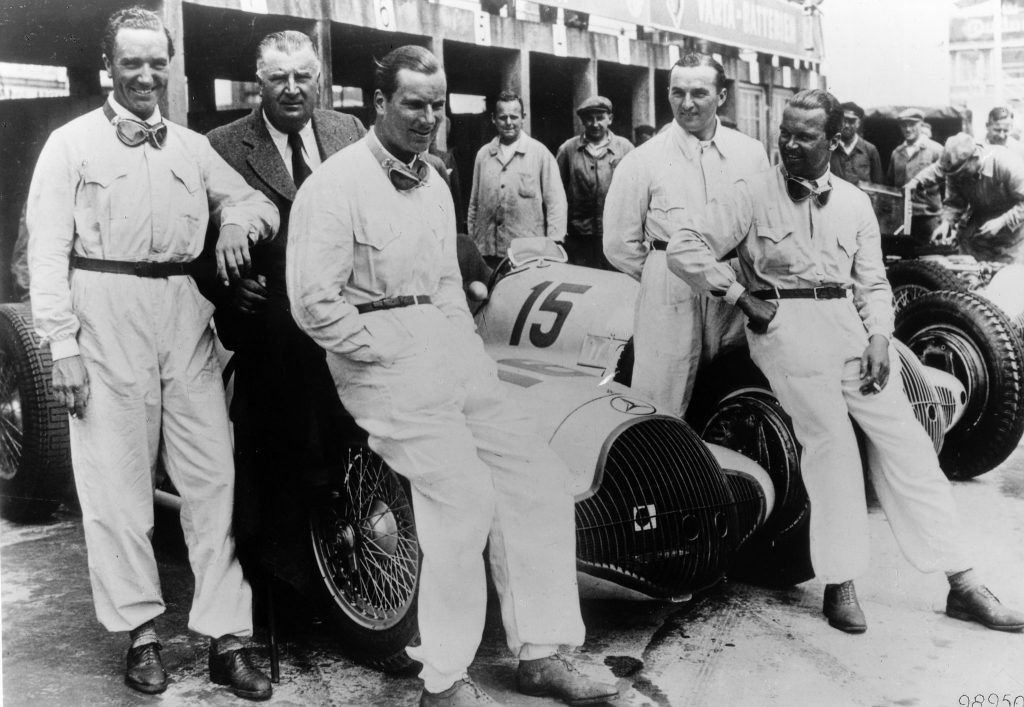
Seaman’s life both personally and professionally was becoming more tightly entwined with Germany and the rise of the Nazi Party: He proposed to Erica, whose father consented to the marriage on September 14. Two days later, Neville Chamberlain, the Prime Minister, met with Hitler in Munich. Chamberlain returned to London believing he had negotiated “peace in our time.” He had done nothing of the sort. Seaman and Erica wed – despite the strong objections of his mother – on December 7, 1938. He signed a new contract with Mercedes – his third with the car maker – for the 1939 season.
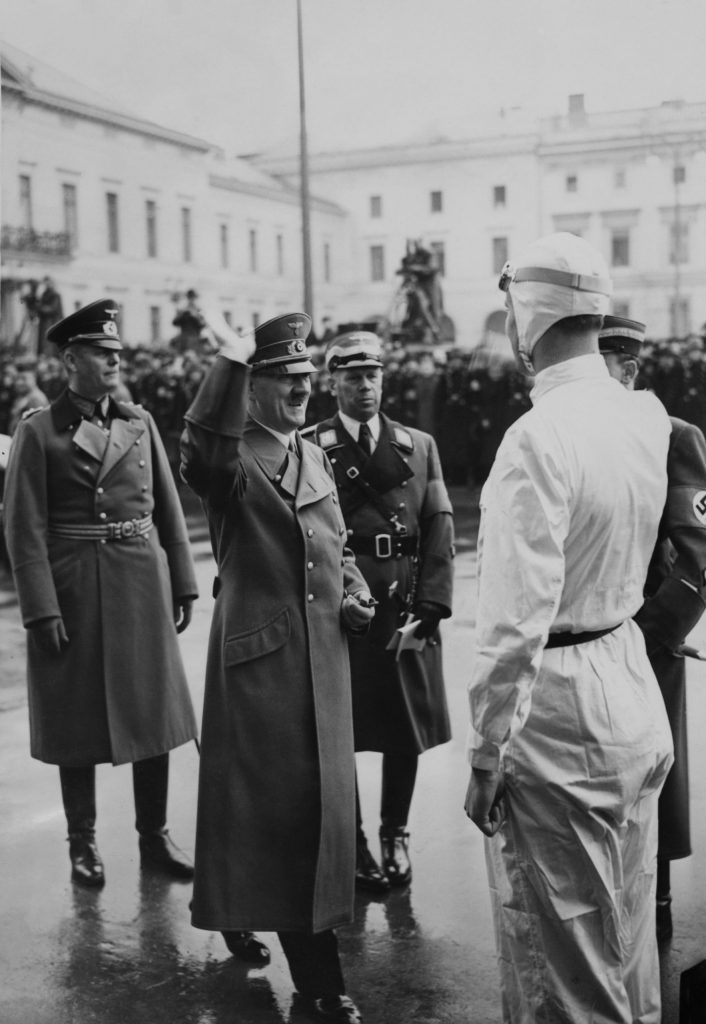
The 1939 season got off to a slow start for Seaman. He was made a reserve for the French Grand Prix in April, and he did not travel with the team for the Tripoli Grand Prix. He competed at the Eifelrennen at the Nürburgring on May 21, but went out with a bad clutch, which he had damaged after slipping it violently to get a good start to the race.
At the Belgian Grand Prix in late June, the weather was wet and dreary at Spa-Francorchamps in the high fens of the western edge of the Ardennes mountains. Mercedes had entered four W154s, this time with Seaman once again joining his teammates on the starting line. By lap 11, he had taken the lead; on lap 17, he pitted for fuel and tyres and resumed the race after a 30-second stop. The rain began to fall harder, leaving a pall of grey mist in the air above the track. With 13 laps left in the race, Seaman approached the turn at Club House Corner at 140 mph when the car spun sickeningly off the track and struck one of the fir trees that lined that section of the circuit. The left-rear wheel was sent flying. The car then ricocheted from the first tree and went broadside into a second, wrapped itself around its trunk, and came to a halt.
The flexible metal hose that ran through the cockpit to the fuel tanks had stretched and ruptured, spraying gas from the still-full tanks onto the hot exhaust pipe on the exterior of the body. The W154 erupted into flames, with Seaman unconscious and still inside the car. The first track workers that arrived on the scene were without fire extinguishers. In an act of desperation, they attempted to put out the fire with dirt from around the car. Finally someone arrived with shears with which they cut through the spokes of the steering wheel. They were able to remove the rim of the wheel and pull Seaman from the cockpit.
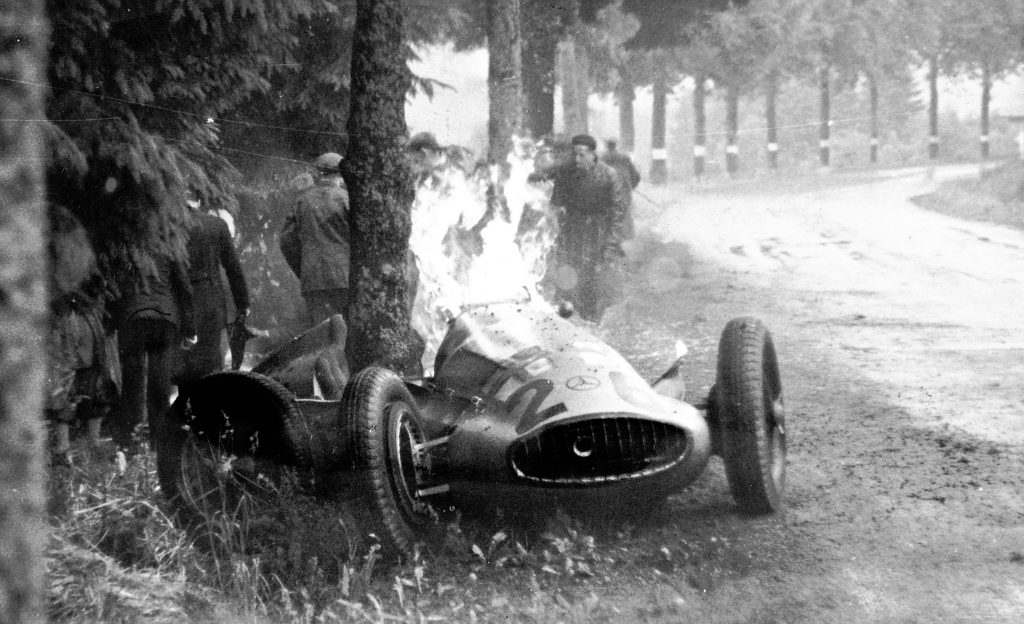
An ambulance arrived and wound its way five miles through race traffic to a hospital in town. Seaman’s burned clothing was cut away, and he was swathed from head to toe in bandages. Erica arrived at his bedside; he apologised to her that they won’t be able to go to the movies. When team manager Alfred Neubauer appeared, Seaman again was apologetic: “I was going too fast for the conditions,” he said. “It was entirely my fault. I am sorry.” The burns were too severe, and there was nothing the doctors could do to save his life. Just before midnight, roughly eight hours after the accident, Seaman died. It was June 25, 1939. He had barely known Erica for a year; he was 26 years old.
On 30 June, Seaman was laid to rest in Putney Vale cemetery, a mere 100 yards from the home where he had lived in London. There, floral tributes began to arrive, with the largest among them a wreath of white Madonna lilies all of six feet tall, so immense that it required two men to deliver it and hold it upright for the photographers from the press. A ribbon emblazoned with an eagle and swastika draped its sides. The name of the sender: Adolf Hitler. In the window of the Mercedes showroom on Park Lane, all of the cars had been removed; in their place stood a portrait of the fallen driver.
*No relation to the author.
Via Hagerty US.












